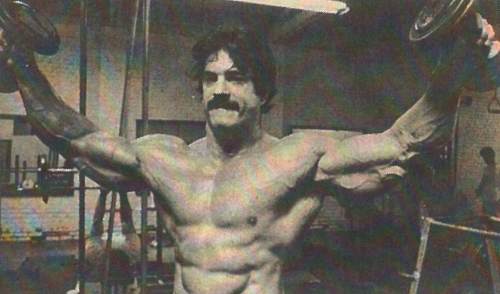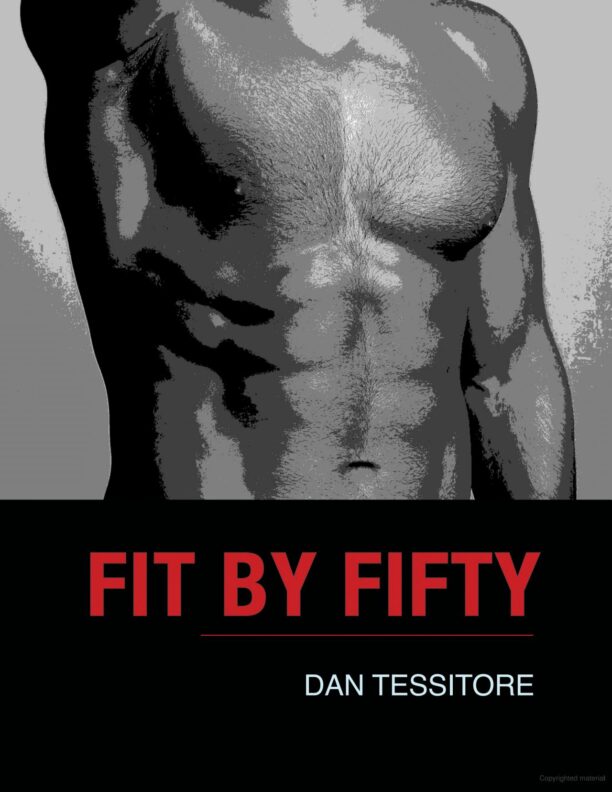In previous posts, I briefly discussed high volume vs. high intensity workouts, and I came down on the side of higher volumes for most people, especially beginners. Here I want to talk about the advantages of a HIT routine.
Truth be told, while I (almost) always push myself to positive failure in whatever I’m doing, I had never tried the kind of HIT routine recommended by Mike Mentzer down to the letter. I’d read his books, listened to the interviews and lectures, and always been impressed by the amount of thought he put into this training philosophy. In short, it sounded right in theory.
My only doubt was his claim – a rather emphatic one, too – that gains would be measurable every single workout, given how infrequent the workouts are. How infrequent? Four to seven rest days between workouts. Not four to seven rest days between working a specific body part – four to seven days where you don’t go to the weight room at all.
But as a trainer, I need to know of which I speak, so I decided to give it a go.
Mentzer offered two versions of his HIT routine in his book, High Intensity Training (which I believe is the only one still in print): The Ideal Workout and The Consolidated Workout. I went with Consolidated. Where there are two sets, the first is a warm-up.
Workout 1
Leg Press: 2 sets x 12-20 reps
Pulldown (underhand grip): 2 sets x 6-10 reps
Dip (weighted): 1 set x 3-5 reps
rest 4 to 7 days
Workout 2
Deadlift: 2 sets x 6-10 reps
Shoulder Press: 2 sets x 6-10 reps
Calf Raise: 1 set x 12-20 reps
Advantage #1: No Calendar Required. I’ve written before about how your muscles don’t know (or care) what a calendar week is. I’ve also written about falling into the trap of letting your log book/app tell you what to do – and when to do it – rather than the other way around. HIT solves this problem because the routine doesn’t determine the schedule, your body does. You don’t do the next workout until you feel recovered from the previous one.
Advantage #2: Workouts are short, 15-20 minutes. I know, being in the gym is fun. For a lot of people, it’s an escape from the rest of life, or a kind of therapy, so the longer the workout the better. But I did enjoy not having to worry about how I was going to squeeze 4-6 longer workouts into an otherwise busy week.
Advantage #3: The strength gains are real, and yes, every workout. It was not uncommon to increase the weight on an exercise I hadn’t done in seven days and still get the same number of reps – or more – as the week prior. For someone used to higher volume, more frequent training, this came as quite a (pleasant) shock. Unfortunately, I forgot to take limb measurements when I started, so I can’t speak to how effective this was for hypertrophy. Next time…
I still think beginners (first year trainees), should avoid HIT in favor of more frequency/volume. First: a solid mind-muscle connection, in my opinion, is a pre-requisite, and it can take months or even years of consistent training to establish that, particularly in older adults who have been sedentary. Second: for those beginners who aren’t already highly motivated gym-goers, a seven-day rest period can easily become ten, then twenty, etc.
For the rest of you, if you can stand not being in the weight room for a week at a time, and pushing one set to failure on a deadlift doesn’t frighten you, I recommend trying it at least once.
Thanks for reading,
Dan
Get your free eBook.
Get a Training Package.








